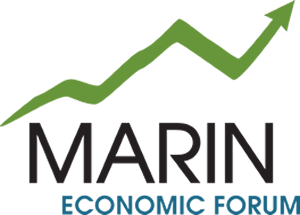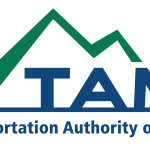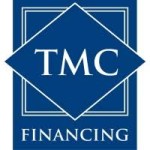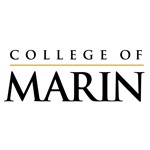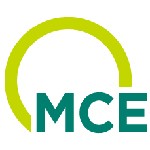12/2022 Blog Topic: Year-end review and what to look for in 2023
December 2022
| As 2022 ends, MEF wanted to share our observations of the year’s biggest economic news in Marin County and what to look for in 2023. Make no mistake, 2022 was a tough year economically, especially at the national level. Will we see more positive changes in 2023? At the top of the news cycle is the continuing effects of the pandemic on local businesses, concentrated in recovery of small businesses and how the local economy fares given the differences in pre and post pandemic dynamics. From MEF’s perspective, one of the most troubling issues is the reduction in the labor force by more than 5% (or about 6,000 workers). Marin already faced a challenge to hire individuals, especially in the lower-wage occupations that many businesses rely on. That problem does not seem to have a solution in the near term, considering other, lower-cost Bay Area counties where Marin could draw workers, also face similar tight labor markets. Whether it be early retirement, potential health issues arising from contracting COVID, relocation out of Marin, or the need to provide child or elder care, Marin employers faced a hiring challenge throughout the year that constrained recovery. Going into 2023, one area of optimism is that some of the workforce will return with an increase in childcare slots, driven in part with new resources from the county for childcare providers. The other related issue is inflation, which at one point reached a 40-year high, and the Federal Reserve’s attempts to manage it by raising interest rates. The resulting increase in interest rates has adversely affected one of Marin’s most important revenue stream: sales of single family homes were down 22% in November 2022 from one year ago. As the Fed continues pursuit of a 2% target for inflation, those purchases relying on financing could continue to slip, which would affect Marin retailers and public sector coffers that collect sales tax. The issue of housing continued to be a focus during 2022 as the county and jurisdictions managed the preparation of “housing elements” in response to the “Regional Housing Needs Allocation (RHNA)”, which quantified the number of new units to be built in the period of 2023-2031. Each Marin jurisdiction will need to provide a housing element in 2023, setting the stage for extensive debate across the county, ultimately to plan to build over 14,000 new units in the 8-year period. Tech layoffs in response to economic slowdowns also made headlines towards the end of the year considering many Marin residents work in that sector. It’s too early to tell what the impact will be locally, especially since highly skilled workers continue to be in strong demand more broadly, but it remains something we are watching going into 2023 where we expect the economy to slow. These issues dominated the headlines, mostly because of the impacts on residents, both positive and negative. At the MEF-level, we had several successful activities in 2022 that we believe will lead to continued economic vitality in 2023. In March of 2022, we presented “Forecasting the Future” which highlighted local entrepreneurs who were able to navigate pandemic issues and even leverage the new dynamics for business growth. Whether by launching new ecommerce capabilities, streamlining communications to parents, or helping public entities identify funding opportunities, Marin’s entrepreneurs recognized the moment and the opportunity to build companies right here. MEF continues to follow the nascent start-up ecosystem in Marin while promoting its importance to good job creation. Look for our next “Forecasting the Future” program in March 2023. MEF partnered with the County of Marin to produce the first ever economic strategy for the county. The strategy is focused on delivering growth in key economic sectors in Marin while creating more middle and high wage jobs, so our residents don’t have to look outside of the county for good employment opportunities. The strategy puts equity upfront with initiatives to improve economic mobility and support greater opportunities for entrepreneurship among Marin’s BIPOC community. In 2023, the County will be reaching out to inform and listen about the key project opportunities to implement in the strategy. Finally, MEF continued outreach and engagement of the community and the non-profit sector to ensure all stakeholders have access to our economic data and analysis. We hosted web-based “economic briefings” each month with our insights of the economy helping leaders understand the risks and opportunities for their organizations and beneficiaries. In 2023, we hope to increase our audience so spread the word! While 2022 presented significant economic challenge, the year ahead sets up to be one of resiliency among the local business community and capitalizing on new commitments to more housing and jobs in Marin County. |
Mike Blakeley, CEO
Marin Economic Forum
